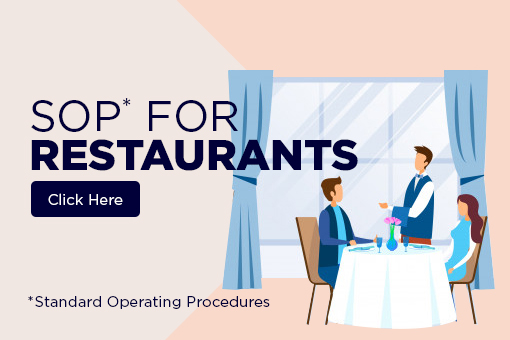
In a restaurant, a standard operating procedure (SOP) would typically include guidelines and procedures for all aspects of the restaurant’s operation. Here are some examples of what might be included:
Overall, a restaurant SOP would aim to ensure that all staff members are trained to perform their duties in a consistent and standardized manner, while also maintaining high standards for food quality and safety, customer service, and cleanliness.
